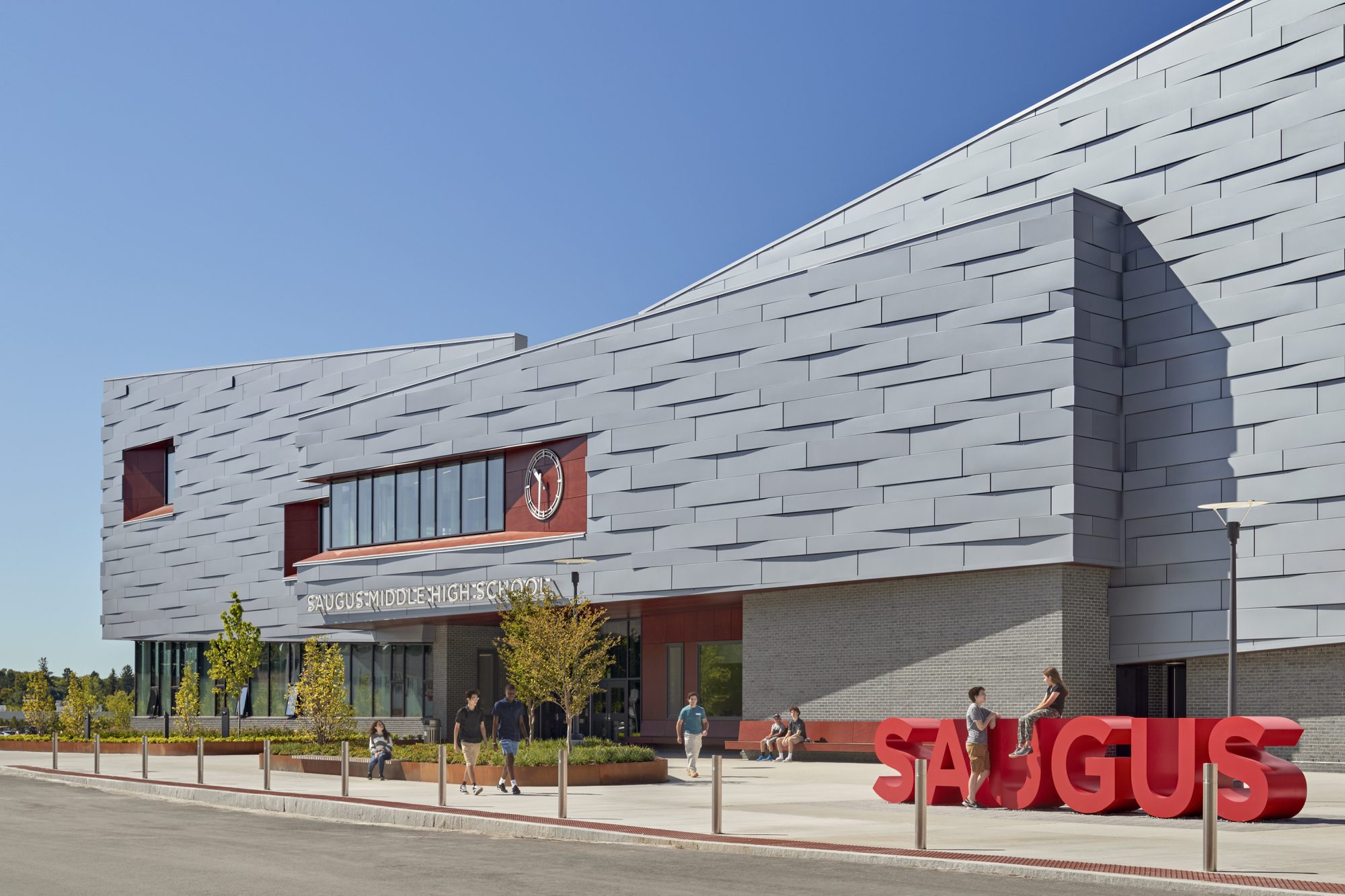SAUGUS — School officials are considering increasing the daily rate paid to substitute teachers in order to draw more substitutes to the district, which has faced high numbers of teacher absences and struggled to attract short or long-term replacements.
Substitutes are paid $90 for each day they work under the rate set by the district, making Saugus an outlier compared to neighboring cities and towns. Deputy Superintendent Margo Ferrick told the School Finance Sub Committee that Wakefield and Reading pay $100 a day, Melrose pays $110 a day, Peabody pays $125 a day, and Lynnfield pays $175 a day. Nearby North Reading also pays substitutes $90 a day but is raising their rate to $100.
“Right now we’re struggling to find anybody who will even come in,” said Acting Superintendent of Schools Michael Hashem, who was quick to note that Saugus is far from the only district having a difficult time finding substitutes.
Of 867 teacher absences this school year, Saugus had just 306 substitutes cover for absent teachers, compared to 507 paraprofessionals.
“When you think of those 507 paras substituting, first of all they’re not teachers, so chances are that they’re not continuing the class, they’re babysitting, and they’re not servicing their students with special ed needs,” Ferrick said.
Hashem suggested the district look into a tiered approach for substitutes, paying increased rates to those who take on specialized responsibilities and those who cover a class for an extended period of time.
“It might make a difference if you put more of a rate structure in,” he said. “There’s the daily substitutes where you’re basically just opening the doors and monitoring the kids. There’s also … somebody who’s going to have to go into a classroom and they’re going to have to teach a class for three, four weeks. And they’re not expected to just open the door and monitor classes. They’re actually intending on providing instruction.”
“If there was a second rate, or even a third rate, if it was an extreme subject that you can’t find substitutes we might be able to cover the longer leaves with more success,” he continued.
Ferrick emphasized the need for the district to create better environments for teachers to bring down the rate at which they are absent. She said doing so could motivate teachers to come to work on days where they otherwise would be absent, and in turn improve the experience for students who would gain increased continuity in the classroom.
“We’re close to a crisis point in teacher absentee rates,” Ferrick said. “We’re trying to move a district forward and we’re trying to have all of our kids feel valued and supported as little learners and if the teachers aren’t in front of them we’re not going to get there.”
“Paying more might help, but this is a complex problem,” she added.
Part of the issue, Ferrick said, is the lack of training and support for substitute teachers, who are not taken through an onboarding process beyond learning the safety protocols for the building they are working in.
“We have no structure in place for them to feel supported or for them to become a pipeline to be a potential teacher,” she said.
School Committee Chair Vincent Serino suggested the district look into the aggregate cost of upping the pay rate for substitutes so the committee can get a sense of the annual rate at different levels.
No firm proposals for a tiered approach were floated at the meeting, but committee members and district officials seemed to agree that it was the best path forward.

